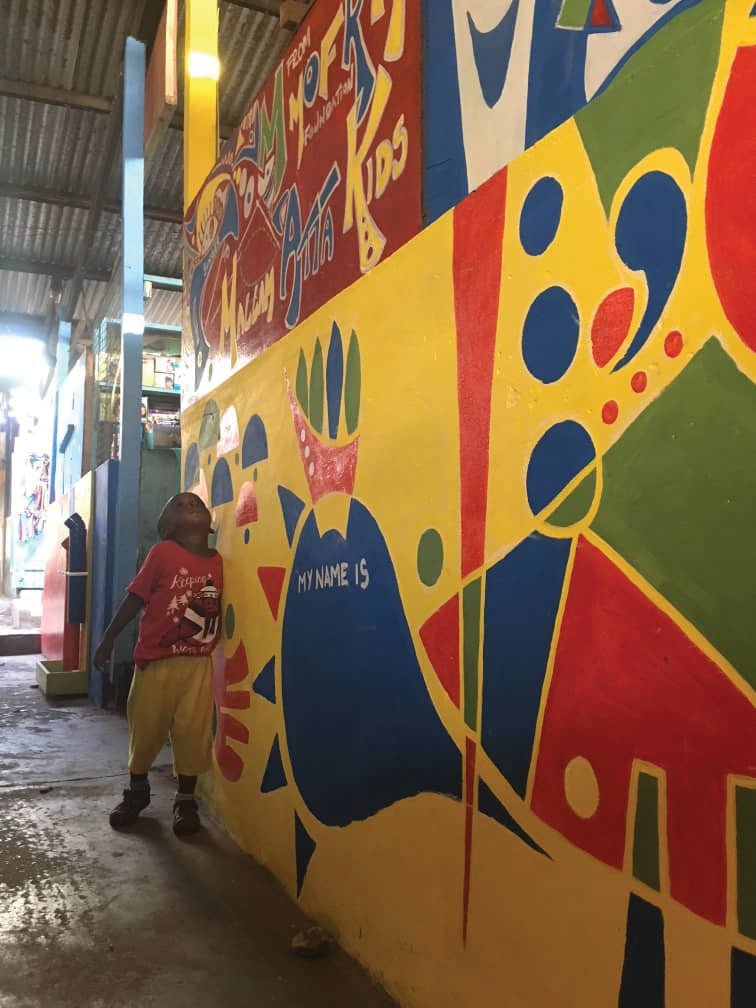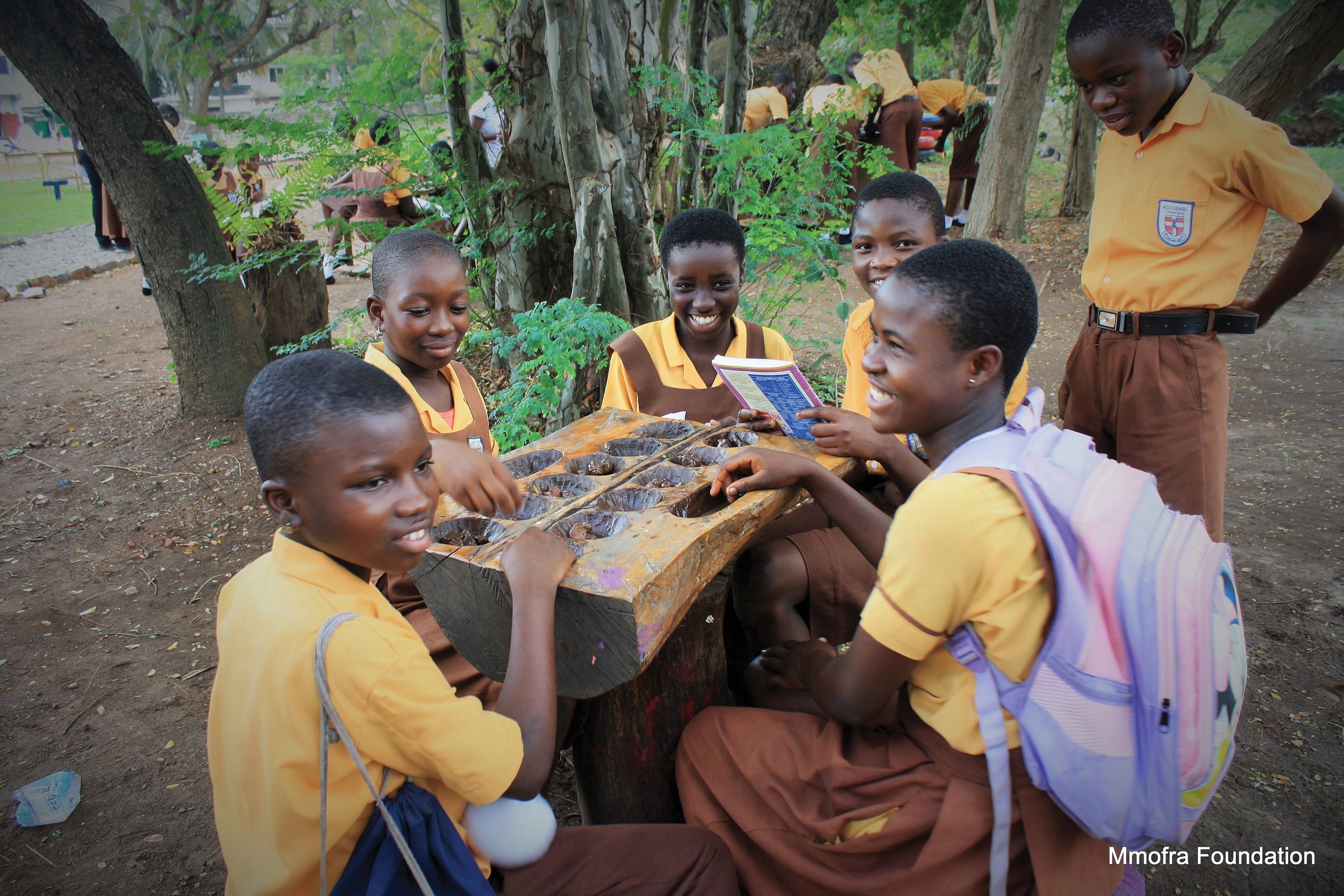
When it comes to cities, unfortunately, children and youth are sometimes an afterthought in urban processes and design. This is revealed through the design of the built environment, for example through the lack of playgrounds and public spaces, but also vehicle-oriented speed limits and street layouts that lack pedestrian crossings and make travelling to and through these spaces unsafe and ultimately inaccessible. High hedges (decreased line of sight), or signage that is too high can also affect how safely children can navigate the street.
However, designing cities with children and youth in mind is so important that in 2018, UNICEF released a handbook on child-responsive urban planning that provides guidelines and the benefits of making the urban landscape more child-friendly that a) outline how essential play spaces are to vibrant communities, and b) further emphasize that when you design for the health and safety of children and youth in mind, you design for the health and safety of the broader community as well!

One organization that’s working to ensure that cities are more child-friendly through its various initiatives is based out of Accra, Ghana and is called the Mmofra Foundation.
What makes the Mmofra Foundation so interesting is its long history of children’s advocacy sparked by Efua T. Sutherland, the founder of the organization and famous cultural advocate, playwright, and author. According to the Mmofra Foundation’s website, Efua “presided over Ghana’s ratification of the United Nation’s Convention on the Rights of the Child (making it the first country in the world to do so)” and who from 1981 to 1991 was the chairperson of the UN’s National Commission on Children.


